Seeing that Mark’s not here right now and you seem in a hurry, I will provide you a couple of articles and thoughts that might help. This was one of the challenges that initially got me into manual photography, too. (Indoor sports, which are very similar.)
I see you are using a bridge camera. I have little doubt Mark would be able to eke out some great shots there with it today even though it’s not the best equipment for shooting in these conditions. What I mean by that is that it will be possible for you to get some good shots, too, especially if you follow some of what they say here.
I will highlight the important parts for you, but keys are using Shutter Priority (freezes action) and raising the ISO up (increases your camera’s sensitivity to light). Pictures will be grainy but you can use noise reduction software later. If you use RAW you can easily fix your images later if colors are off, but it’s not absolutely necessary. If you don’t normally do editing you can use the software that came with your camera, which makes it easy.
1.)
https://www.anastasiajobson.com/2020/01/17/how-to-photograph-dance-camera-settings/
- There are 2 WAYS you can approach dance photography: freeze the movement or creatively blur it.
- Use a faster shutter speed to freeze motion and slow to get a motion blur.
- To get a crisp and super sharp dance image, alter your camera settings to at least 1/500s shutter speed.
- With a shutter speed of 1/2000s you can freeze any human movement (so start at 1/500 but go faster if needed)
- For a creative MOTION BLUR in your dance images, set your shutter speed to 1/100s or slower (best if you have a monopod to keep the camera very still, but you could try leaning the camera on the seat in front of you or something else if that’s available to use).
- Another way to photograph dance with a sense of motion in the images, is to move along with the dancer. Pan your camera in the direction of the movement. This way the background will turn into a blur while the dancer is still in focus.
- Have a simple and clean background, so your images don’t get too busy. Have your dancer as focus of attention, let them stand out.
- My favourite way to focus on movement is using manual selection of AF-zones on the back of the camera. I think about the composition before pressing the shutter. I select which the part of the screen where I want to place a dancer, then
I press the shutter halfway to make sure the focus is where I want it to be (mostly a dancer’s face). Then I press the button all the way. (This should give a little square to where you want your focus.)
2)
https://improvephotography.com/29758/great-dance-recital-photographs-nine-easy-steps/
- I’d suggest either using full manual mode, or speed priority mode. That’s because shutter speed is the most important variable in shooting moving objects in low light.
- Dancers are seldom stationary, so even a slight movement will require you to speed up that shutter to 1/125th of a second. A walking dancer (again, not often seen in the real world) requires a much faster 1/250th of a second. And when dancers are doing what they are born to do – namely running and jumping all over the stage — you’re going to have to set that speed to 1/500th of a second.
So, how do you get to 1/500th of a second? It all depends on your camera and your lens. A fast lens, f/2.8 or faster, helps a lot. But even with that, you’re probably going to have to increase your sensor’s sensitivity by bumping up your ISO. How far? Well, that also depends on the available light. But you’ll probably be in the iso 800 range. But there are so many variables, it’s impossible to come up with a rule of thumb. Every theater and performance is unique, and your lighting can change dramatically, even in the middle of a recital. (And they are talking about a DSLR here.)
- I like to bring along a monopod to these kinds of events. Easier to use, and less cumbersome than a tripod, a good monopod really does keep your camera steady.
- What do you do if you only have a slower lens? Well, if the lens doesn’t have a constant aperture (meaning it’s faster when it’s zoomed out than when it’s zoomed in) make sure you
get as close to the stage as possible and resist zooming in.
- Try to capture images that focus in on the dancers’ feet, the way they hold their hands, or ever the way two dancers connect through eye contact. Remember that the best photographs do more than capture an event as it happens.
The best photographs tell a story. (In other words, get other nice pictures of the performers besides when they’re dancing.)
Why not find a space that’s out of the way and shoot some portraits? The dancers are usually excited to have their portraits taken, and who could blame them? After all, their hair is done, their makeup is perfect and they’re wearing wonderful costumes.
Hope this helps! Good luck!
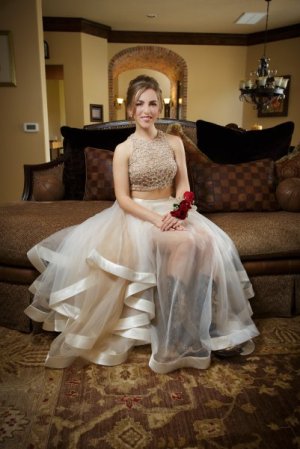
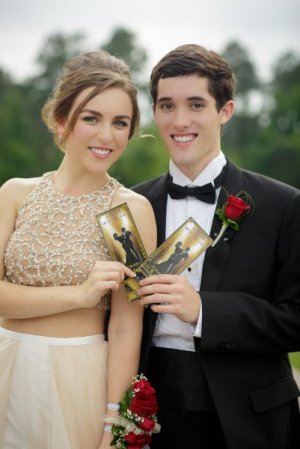
 ) We take and share so many they often all meld together.
) We take and share so many they often all meld together. 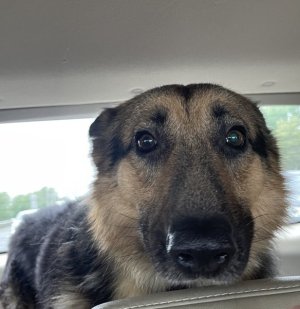
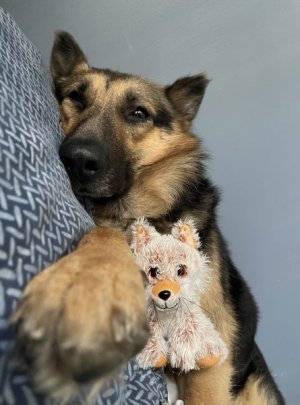
 , lots of fresh water (and good food), my own bandana, and a little buddy-brother to play with (torture!).
, lots of fresh water (and good food), my own bandana, and a little buddy-brother to play with (torture!).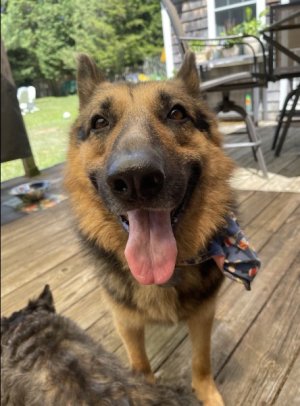
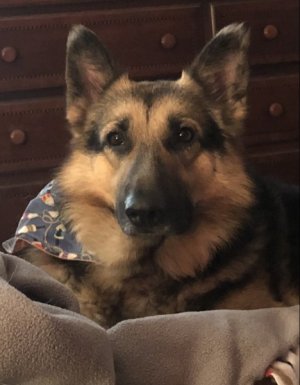
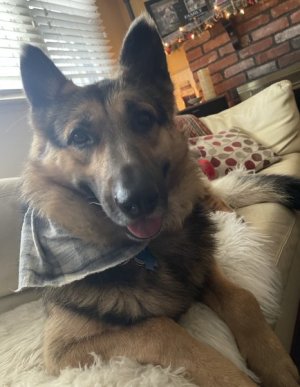
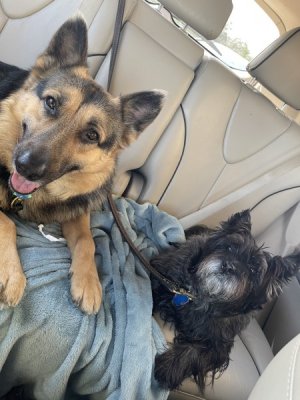
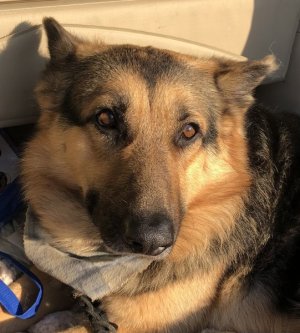
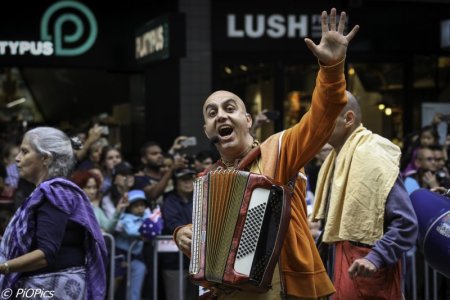
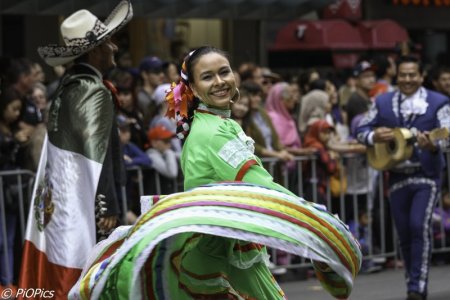
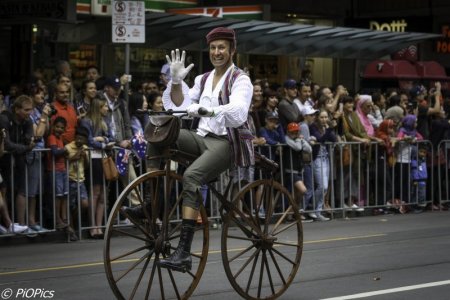
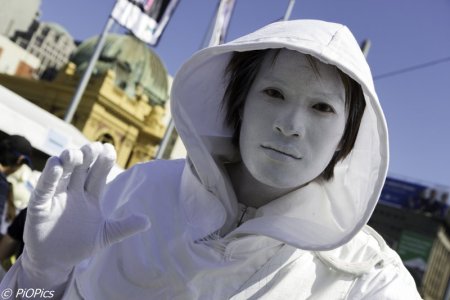
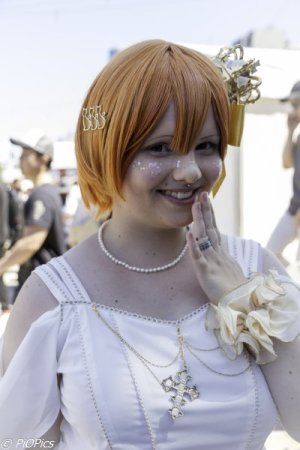
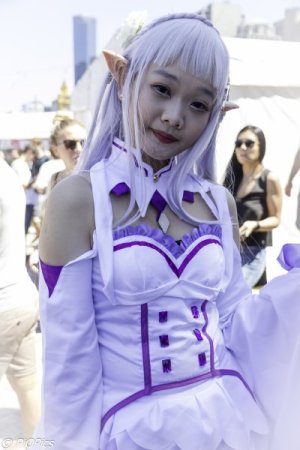
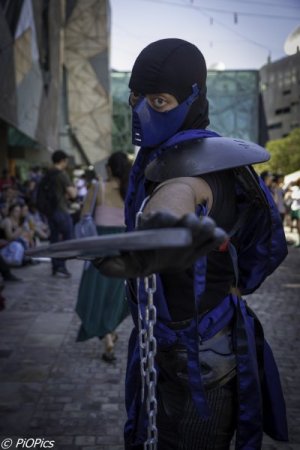
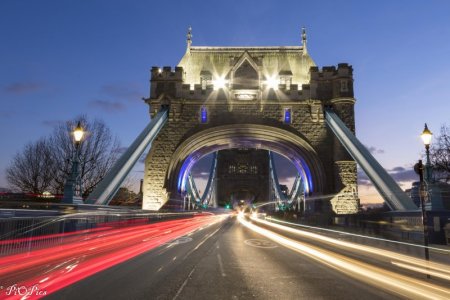
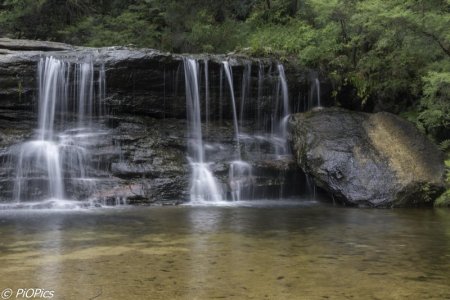
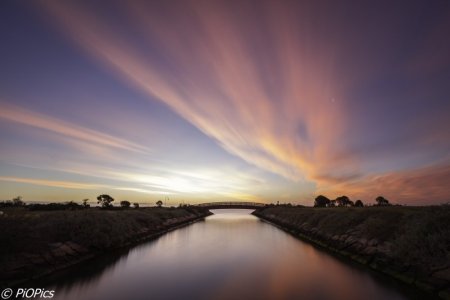
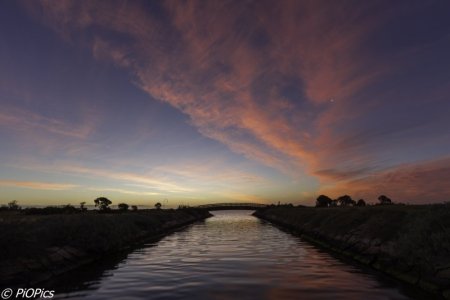
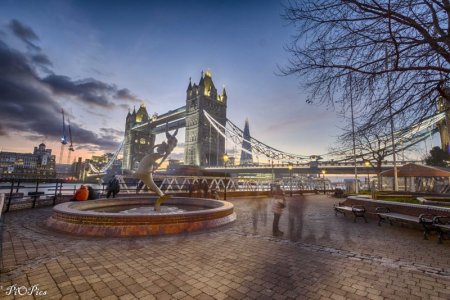


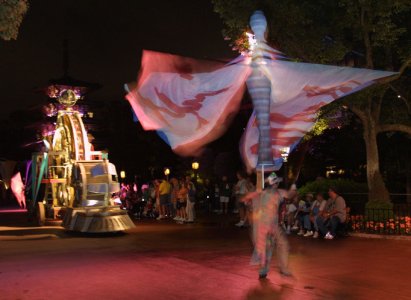
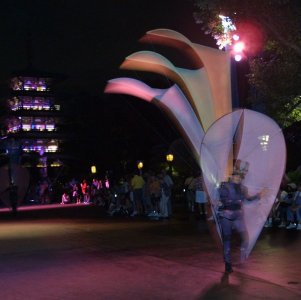
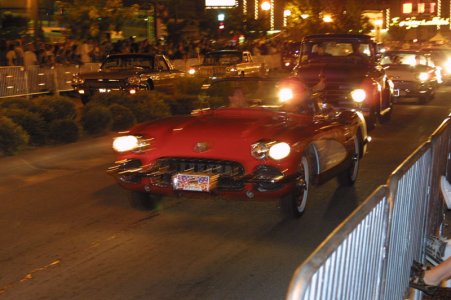
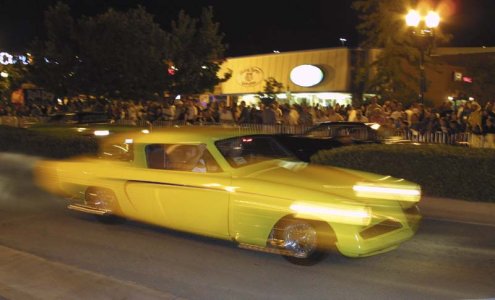
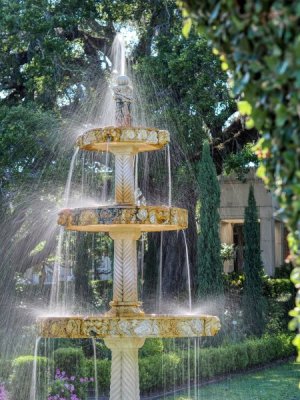

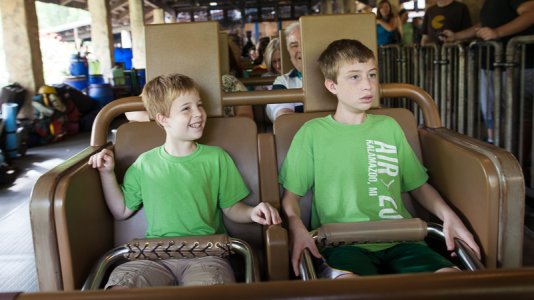
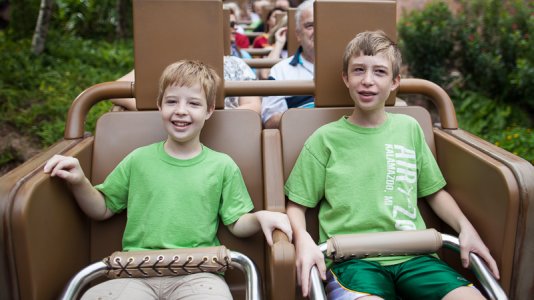
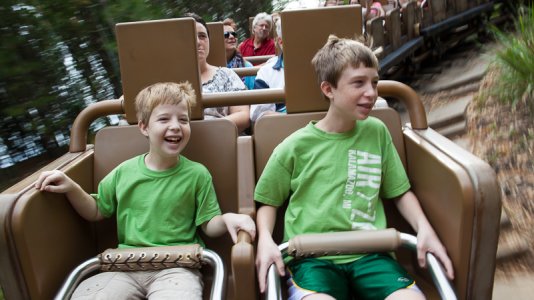
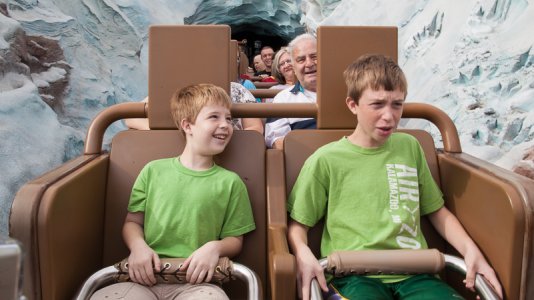
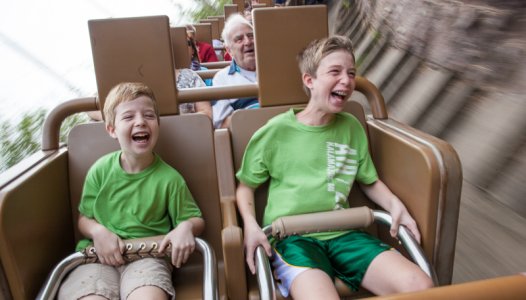
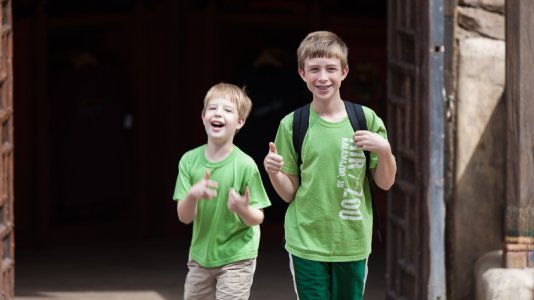


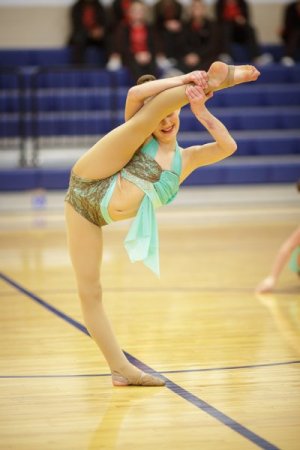
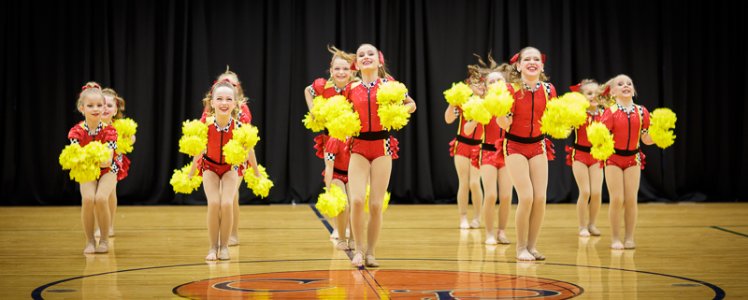
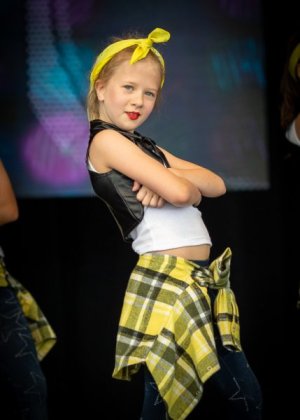
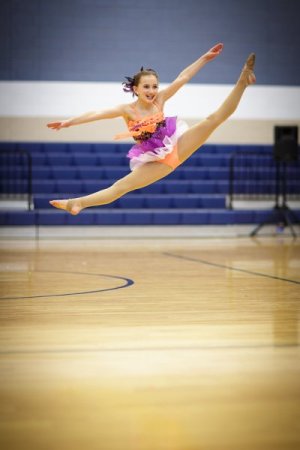
 Always take tons of before after photos so do have those memories. We'll see what happens this afternoon. Off to the show...
Always take tons of before after photos so do have those memories. We'll see what happens this afternoon. Off to the show...